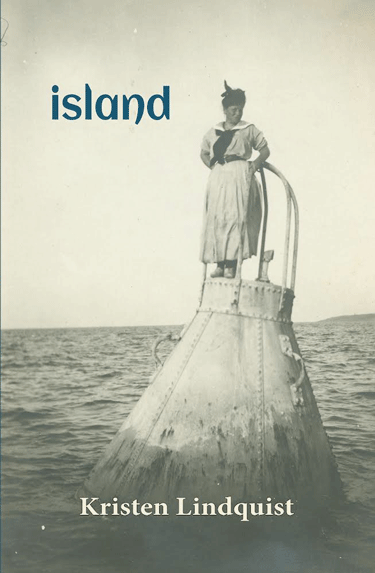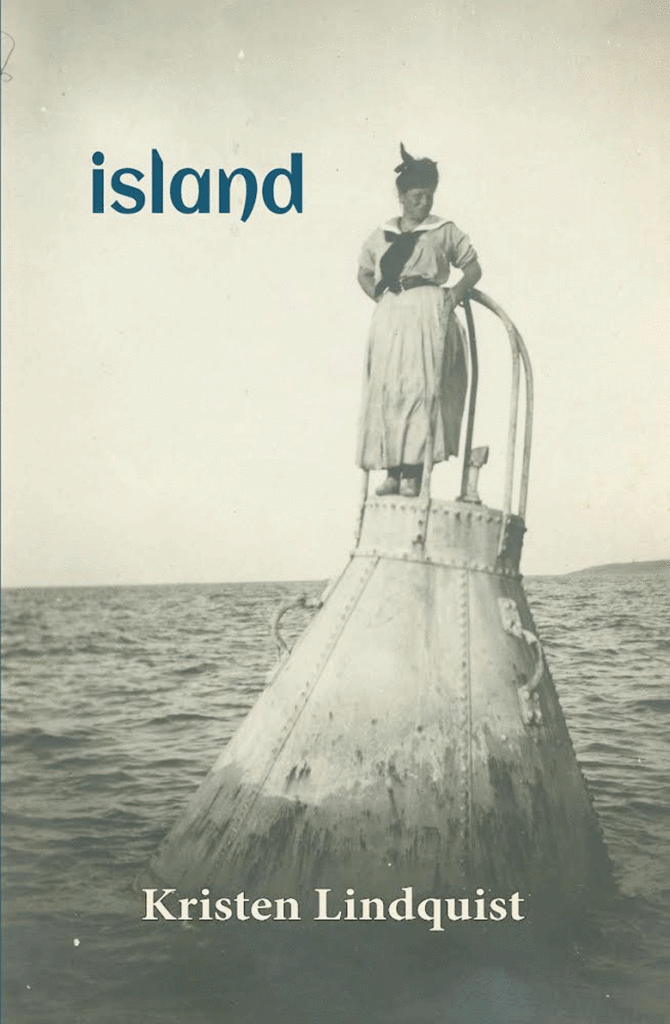Island
Red Moon Press, paperback, 104 pages
Over the past decade-plus, Camden-based poet Kristen Lindquist has become a formidable and much-published and admired writer of haiku, that poetic form in which brevity is, well, the soul of writing. Her three-liners, between eight and 14 syllables each, are lyric gems that underscore the wonderful paradox of the form: how compression leads to expansion—like seeing a world in a grain of sand as William Blake put it in “Auguries of Innocence.”

Each of the four sections of Island features a prose opening accented with haiku. These contextual warm-ups to the haiku that ensue are related to another poetic form Lindquist practices, haibun, also Japanese in origin.
The haiku form is marked by correspondences, among other signature characteristics. Thus, the vision of an island sunset aligns with this image: “someone rows a red dory / out of the harbor.” That humble dependable boat is as grounded in the real world as the red wheelbarrow in William Carlos Williams’ famous poem.
Leaps also occur in haiku, the opening line often serving as springboard for a surprising image. Here’s an example of “I didn’t see that coming”:
autumn gale
a crowd of propane tanks
huddles on the wharf
The fact that Lindquist is a passionate naturalist makes her a perfect fit for the haiku, which is traditionally connected to nature. Her bond with all things avian—she is an avid birder—leads to many appearances by feathered friends. Here’s a beauty:
beach peas in bloom
a bunting whistles up
the sun
An intimacy marks many of these poems, offering the immediacy of a moment in time. Take this gem:
harbor moonrise
a voice in the dark
whispers whoa
Lindquist makes use of alliteration, consonance, and other traditional prosodic tools in her poems. Note the use of “f” throughout and the broad a’s in the final line of this haiku:
this slow forgetting…
a gull’s feather
flags the wrack line
The book is dedicated to the poet’s grandparents, Ruth and Wally Lindquist, who took her on childhood trips to Lime Island, Monhegan, the Isle of Skye, and Orkney. The first-named place, in western Penobscot Bay, is part of a string of islands the couple could see from their saltwater farm in Lincolnville.
These visits inspired a life-long love of islands and, most particularly, of Monhegan. This past summer Lindquist worked at that island’s museum of art and history. That’s where she found the image on the cover of Island: a delightful black-and-white photograph of one Alice Brown standing atop a slightly tilted navigation buoy. The figure might be the poet herself, seeking haiku inspiration in the wide world around her.
Carl Little’s latest book is The Art of Penobscot Bay, published by Islandport.





